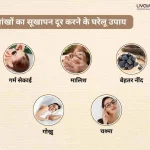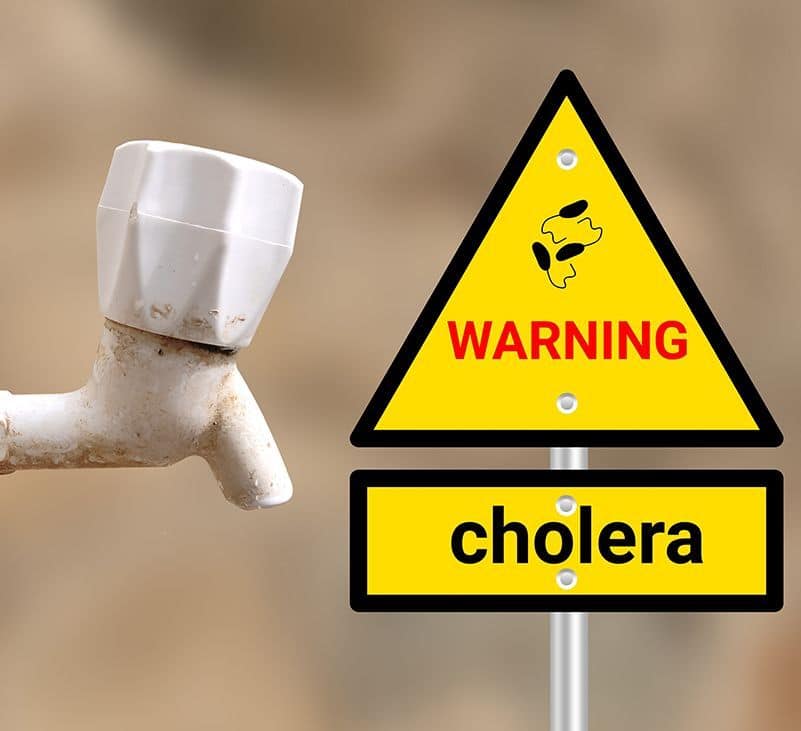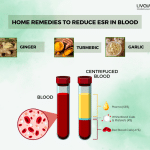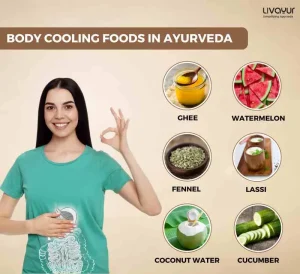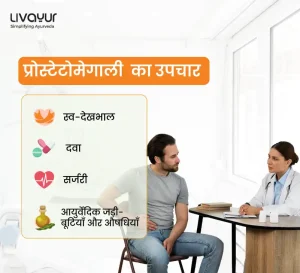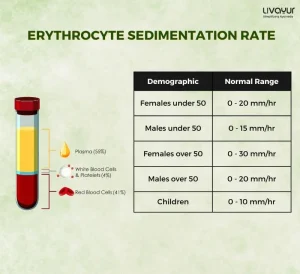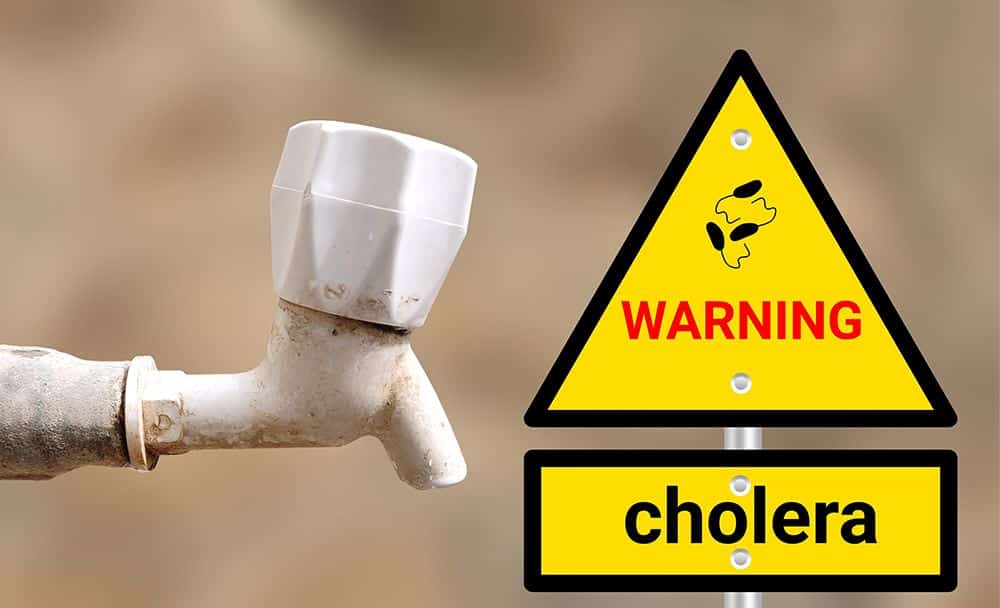
Cholera is an acute and rather fatal diarrheal infection caused by the bacterium Vibrio cholerae. This infectious disease has been a global health concern for centuries and continues to affect vulnerable populations in areas with poor sanitation and limited access to clean water. Cholera outbreaks can be life-threatening [1], leading to severe dehydration and electrolyte imbalances. [2] According to Ayurveda, vitiated văta dŏşa leads to signs and symptoms of cholera, like a sensation of pain akin to being pricked by a needle all over the body. This discomfort is experienced by individuals afflicted with ajĭrna, which refers to indigestion. [4] Understanding the signs and symptoms of cholera is highly important for early detection and effective management of the disease. This detailed article will delve into the various aspects of Haiza or cholera symptoms in Hindi.
Symptoms of Cholera
The incubation period for cholera typically ranges from a few hours to five days, with most cases showing symptoms within 1-3 days after exposure. The severity of cholera symptoms can vary from mild to severe, and in some cases, individuals may be asymptomatic carriers, spreading the infection unknowingly. [3] The hallmark symptoms of cholera include:
Profuse Watery Diarrhea:
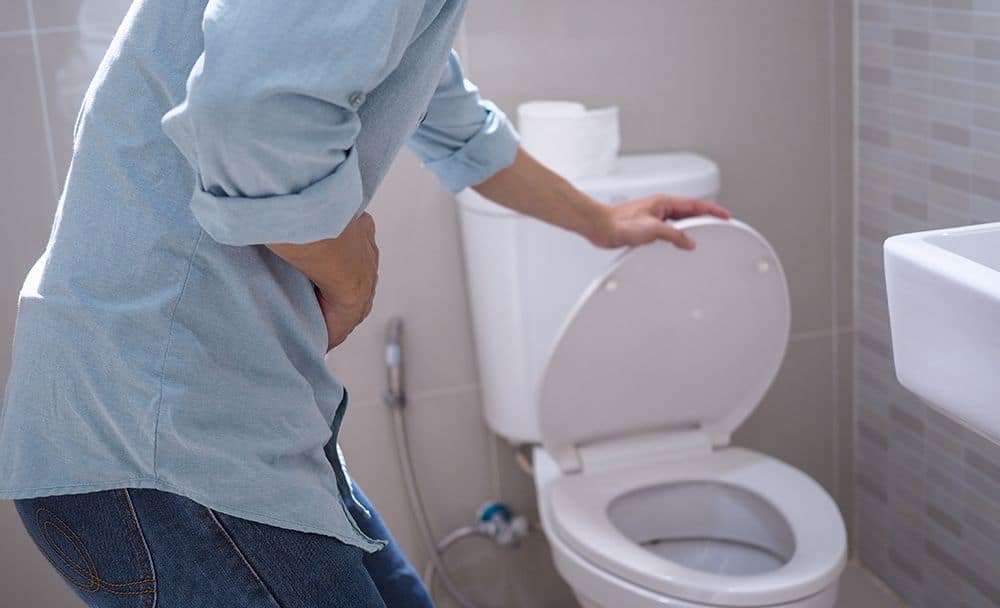
Cholera symptoms are characterized by sudden, copious, and painless diarrhea. The stool may appear like “rice water” or a pale, milky fluid containing flecks of mucus and sometimes small amounts of blood. This diarrhea leads to a rapid loss of fluids and electrolytes, causing severe dehydration. [3]
Dehydration:
The excessive loss of fluids and electrolytes due to diarrhea can lead to dehydration, the most life-threatening aspect of cholera. Dehydration can manifest as dry mouth, extreme thirst, sunken eyes, lethargy, decreased urine output, and low blood pressure. [3]
Vomiting:
In addition to diarrhea, individuals with cholera symptoms may experience frequent and forceful vomiting, further exacerbating fluid loss and dehydration. [2]
Muscle Cramps:
Dehydration and electrolyte imbalances can result in painful muscle cramps, particularly in the abdomen. [2]
Rapid Heart Rate:
As the body attempts to compensate for the fluid loss, the heart rate may increase significantly. [3]
Hypovolemic Shock:
In severe cases, the loss of fluids and electrolytes can lead to hypovolemic shock, a life-threatening condition characterized by a rapid decline in blood volume and blood pressure. This condition requires immediate medical attention. [3]
Altered Mental Status:
Severe dehydration can lead to confusion, dizziness, and altered consciousness, among other cholera symptoms. [3]
Seizures and Coma:

In rare cases, untreated cholera can progress to other cholera symptoms such as seizures and coma, leading to a critical medical emergency. [3]
FAQs
What are some of the most effective preventive measures for cholera?
Preventing cholera outbreaks involves a multifaceted approach that addresses sanitation, hygiene, and access to clean drinking water. Some essential preventive measures include:
Improving sanitation infrastructure, including waste management and sewage systems, is crucial to preventing cholera transmission.
Ensuring access to clean, pure and safe drinking water through proper water treatment and distribution is vital.
Promoting proper handwashing with soap and clean water can significantly reduce the risk of transmission.
Encouraging safe food handling and preparation practices, especially in seafood, can minimize the risk of infection.
Vaccines against cholera are available and can provide some level of protection for individuals at risk of exposure.
Early detection and immediate response to outbreaks can help contain and control the spread of the disease.
How can cholera symptoms be treated through Ayurveda?
Cholera is a medical emergency that requires immediate treatment to prevent complications and fatalities. A mixture of Amalaki (Emblica officinalis Gaertn.) paste combined with Adaraka (Zingiber officinale Rosc.) juice is highly beneficial in effectively managing even severe symptoms of cholera disease.
Another effective remedy involves using Pippali (Piper longum Linn.) with honey, Citraka (Plumbago zeylanica Linn.) with buttermilk, or tender fruits of Bilva (Aegle marmelos Correa.).
A combination of Ahiphen (Papaver somniferum Linn.) with the bark of Kupilu (Strychnos nux-vomica Linn. f.) and honey can be used to treat symptoms of cholera disease.
A mixture containing equal amounts of powdered Ankot (Alangium salviufolium) root bark, Patha (Cissampelos pareira Linn.), and Daruharidra (Berberis aristata) is crushed with rice water and dried under shade, then administered with rice water to treat the signs and symptoms of cholera. [5]
What are the various categories of cholera?
Cholera can be classified into different clinical categories based on the severity of symptoms:
Mild Cholera: In mild cases, individuals may experience minimal symptoms, such as a few loose stools, without significant dehydration or complications.
Moderate Cholera: Individuals with moderate cholera experience a higher frequency of diarrhea and vomiting, leading to some degree of dehydration and electrolyte imbalances. Prompt treatment can prevent the progression to severe cholera.
Severe Cholera: This is the most critical form of the disease, characterized by profuse diarrhea and vomiting, severe dehydration, electrolyte imbalances, and potentially life-threatening complications like hypovolemic shock.
Conclusion
Cholera remains a significant public health concern in many parts of the world, particularly in regions with inadequate sanitation and clean water resources. Understanding the signs and symptoms of cholera is vital for early detection and timely treatment, as the disease can wosen rapidly and become life-threatening. Prevention and control efforts must focus on improving sanitation, ensuring access to clean drinking water, and promoting hygiene practices. By implementing these measures and strengthening healthcare systems, we can mitigate the impact of cholera symptoms and causes and work toward its eventual eradication.
Disclaimer
This article is written from a health and wellness perspective and is not medical advice. Kindly seek the help of a certified medical practitioner before initiating any treatment.
References:

